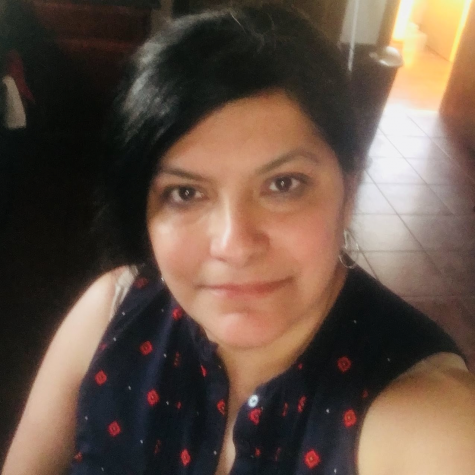Banned Books Week
Sept. 18 – 24 “Books Unite Us. Censorship Divides Us.”
September 6, 2022
Books open your eyes and mind to the world around you. The words written by an author can transport you to other worlds. The images that form in your head will allow you to have empathy for the situation the characters find themselves in. Books and their authors share with others a world of ideas, they make you think, feel and sometimes move you to act. Take a minute to think about your favorite book, books you were assigned to read for class, or even books that you could never imagine being labeled as offensive, or obscene being taken off your local library shelves just because a person or a group of people feel they should be. Many such things are happening all over the world. Books are even being thrown onto bonfires, all in the name of preserving a country’s values. But is that what is really happening? Do we need to be saved from books? Should one person or even a group of people have a say in what you read?
The first banned book can be traced back to the mid-1600s for being interpreted as going against mainstream religious beliefs. In America, it was in the 1980s that the issue of banned or challenged books became a hot bucket topic. The America Literary Associate had done a display that was front and center at their national meeting being held in California. The display featured a massive collection of books that were banned or challenged all across the world and these books were locked behind heavy chains. It was very soon after this convention that the idea of fighting against the banning of books became a focus for many libraries, bookstores, and even schools. Displays were put up to showcase the books that had been banned or challenged and this opened people’s eyes up to the blatant disregard some have for the freedom to express themselves and the privilege they seem to think they have to arbitrarily pick and choose which books they don’t want other people to read.
More so than any time during the years, an election year, general election, or the midterm “banned books” and the debate over these books and whether they indoctrinate the minds of people, including children, becomes a red-button topic. Comments such as this are the basis for many heated conversations over banned books. During a recent political press conference, this was said, “I’m not trying to ban any books. I’m trying to stop an indoctrination campaign against kids. Any person in this county that has children knows full well what I’m talking about.” Under the guise of protecting children, the banning of books is seen as a right and can be easily justified.
The use of books as a political talking point or as a right of one individual over another to censor what is read is a most outrageous form of censorship. Throughout history, many of the greatest books ever written have been banned. The ALA’s Office of Intellectual Freedom works tirelessly to ensure that a list of banned books is put together and given out as a resource for libraries, schools, and even bookstores to promote these books that have been banned or challenged. Here is last year’s
list of top 10 banned/challenged books:
Gender Queer: A Memoir by Maia Kobabe
Reasons: Banned, challenged, and restricted for LGBTQIA+ content because it was considered to have sexually explicit images
Lawn Boy by Jonathan Evison
Reasons: Banned and challenged for LGBTQIA+ content and because it was considered to be sexually explicit
All Boys Aren’t Blue by George M. Johnson
Reasons: Banned and challenged for LGBTQIA+ content and profanity and because it was considered to be sexually explicit
Out of Darkness by Ashley Hope Perez
Reasons: Banned, challenged, and restricted for depictions of abuse and because it was considered to be sexually explicit









